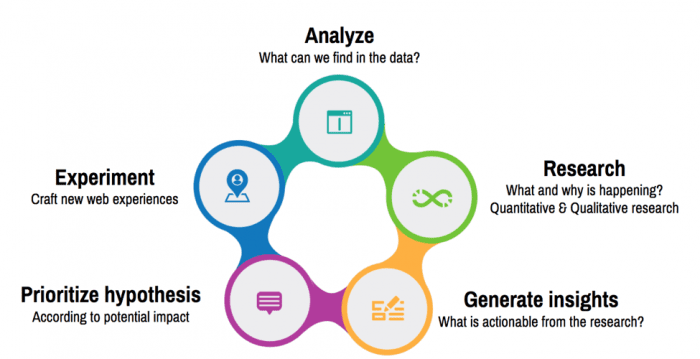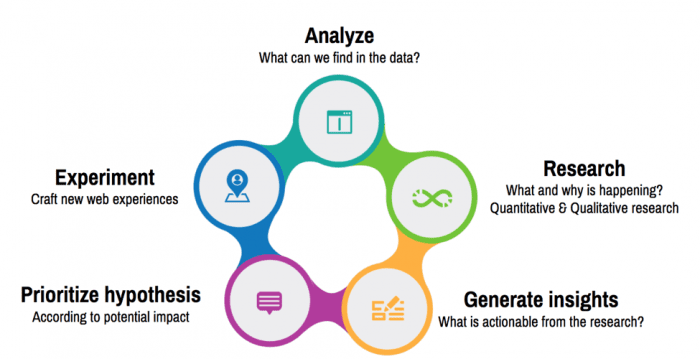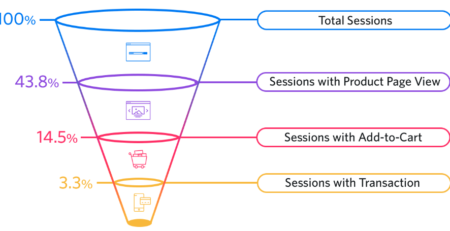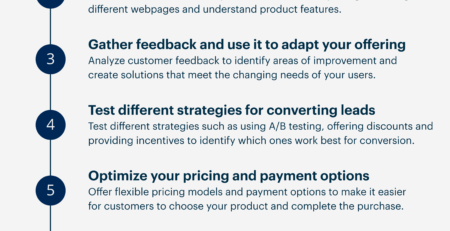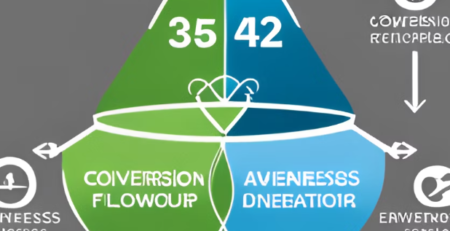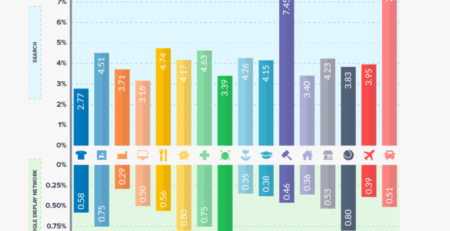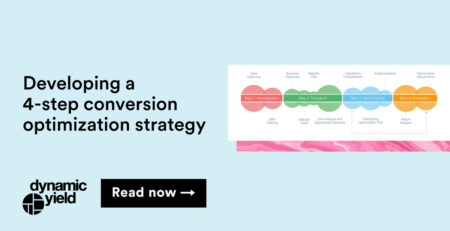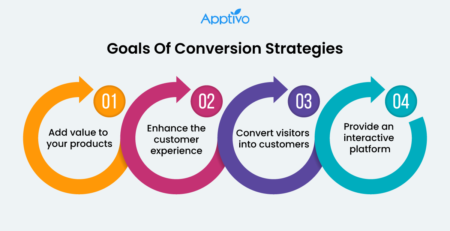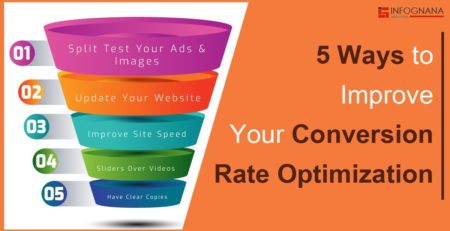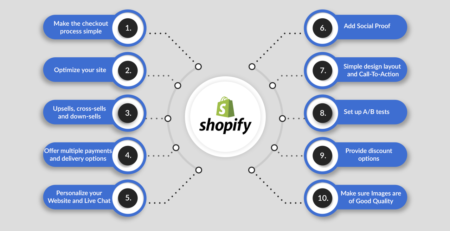When Did Conversion Rate Optimization Begin?
Welcome and get ready to delve into the fascinating world of Conversion Rate Optimization (CRO)! Have you ever wondered when this crucial practice began? Well, let’s dive right in and uncover the roots of CRO together.
To understand its origins, we need to take a journey back in time. Conversion Rate Optimization, or CRO for short, has a history that spans several decades. It all started as businesses sought to maximize the effectiveness of their websites, inspiring the birth of this powerful marketing discipline.
Throughout this article, we’ll explore the evolution of CRO, from its early beginnings to its current state of prominence. So, buckle up and prepare to uncover the captivating story of when Conversion Rate Optimization first came into play. Let’s get started on this exciting journey!
When Did Conversion Rate Optimization Begin?
Conversion Rate Optimization (CRO) is a key strategy used by businesses to increase their website visitors’ conversion rate into customers or leads. It involves a systematic approach to improving various elements on a website to maximize the number of desired actions taken by users. But when did CRO begin? In this article, we will explore the history of Conversion Rate Optimization and its evolution over time.
The Early Days of Conversion Rate Optimization
Conversion Rate Optimization as a concept can be traced back to the late 1990s and early 2000s when businesses started realizing the potential of their websites as a sales and marketing tool. With the advent of e-commerce and online advertising, companies were eager to make the most of their online presence. However, in those early days, web design and user experience were often neglected, resulting in poor conversion rates.
It was during this time that the first rudimentary conversion optimization practices emerged. Websites started experimenting with different page layouts, calls-to-action, and copywriting to improve conversion rates. A/B testing, a method that involves comparing two versions of a webpage to determine which one performs better, also gained popularity during this period.
Despite these early efforts, Conversion Rate Optimization was still a relatively unknown practice throughout the early 2000s. It wasn’t until the mid-2000s that dedicated CRO agencies and experts started to emerge, introducing more advanced techniques and methodologies.
The Rise of Conversion Rate Optimization Agencies
With the increasing demand for CRO services, dedicated agencies and specialists began to rise to prominence in the mid-2000s. These agencies helped businesses analyze their website data, conduct user research, and implement data-driven strategies to optimize their conversion rates.
During this period, A/B testing became more sophisticated, allowing businesses to test various elements on their websites, such as headlines, images, forms, and pricing structures, to identify the most effective combinations. This data-driven approach fueled the growth and success of the CRO industry.
As technology advanced, so did Conversion Rate Optimization tools and methodologies. Heatmaps, click-tracking, and session recording became popular tools for understanding user behavior and identifying areas of improvement. CRO agencies used this data to refine their optimization strategies and drive tangible results for their clients.
The Evolution of Conversion Rate Optimization in Recent Years
In recent years, Conversion Rate Optimization has become an integral part of digital marketing strategies. Advances in AI and machine learning have revolutionized the field, allowing for more sophisticated and automated optimization processes.
Today, CRO goes beyond basic A/B testing. It involves a comprehensive analysis of data, user behavior, and performance metrics to identify areas of improvement. Conversion Rate Optimization is now an ongoing process that requires ongoing monitoring and continuous optimization to stay ahead of the competition.
In conclusion, Conversion Rate Optimization has come a long way since its early days. From rudimentary A/B testing to advanced data-driven strategies, it has evolved into a critical practice for businesses looking to maximize their online conversions. By understanding the history and evolution of CRO, businesses can appreciate the value it brings and leverage it to drive better results.
Key Takeaways: When Did Conversion Rate Optimization Begin?
- The concept of conversion rate optimization (CRO) originated in the early 2000s.
- Websites started focusing on improving their conversion rates to maximize their online revenue.
- A/B testing became a popular method to analyze different variations of a webpage and determine which one performs better.
- In the beginning, CRO mainly involved optimizing landing pages and checkout processes.
- Today, conversion rate optimization encompasses various strategies like user experience improvements, personalized marketing, and data-driven decision-making.
Frequently Asked Questions
Are you curious about the origins of conversion rate optimization? Look no further! We have answers to your burning questions.
1. What sparked the beginning of conversion rate optimization?
The practice of conversion rate optimization (CRO) began in the early 2000s when online businesses realized the need to maximize their website’s performance. With the growing popularity of e-commerce, companies wanted to increase their conversion rates, which refers to the percentage of website visitors who take a desired action, such as making a purchase or filling out a form.
The concept gained further momentum with the rise of A/B testing tools, which allowed businesses to experiment with different variations of their website and measure the impact on conversions. The combination of increased competition in the online marketplace and the availability of optimization tools led to the formalization of CRO as a strategic approach to improving website performance.
2. Who are the pioneers of conversion rate optimization?
While conversion rate optimization has been shaped by various individuals over time, two pioneers stand out: Bryan Eisenberg and Tim Ash. Eisenberg, often referred to as the “grandfather of CRO,” is renowned for popularizing A/B testing and championing the idea that data-driven optimization is essential for website success.
Tim Ash, on the other hand, is known for his book “Landing Page Optimization,” which became a cornerstone resource for anyone interested in improving website conversions. Both Eisenberg and Ash played a crucial role in advocating for the importance of CRO and helping businesses navigate the evolving landscape of online marketing.
3. What were the early strategies used in conversion rate optimization?
In the early stages of conversion rate optimization, businesses primarily relied on website design elements, such as optimizing landing pages and calls-to-action, to improve their conversion rates. They focused on creating clear and compelling messaging, reducing friction in the user experience, and making it easy for visitors to take the desired action.
Another notable strategy was the use of A/B testing, where businesses created multiple versions of a webpage and measured which variant performed better in terms of conversions. This allowed them to gather data, identify effective elements, and continuously iterate and improve their website’s performance.
4. How has conversion rate optimization evolved over time?
Conversion rate optimization has come a long way since its humble beginnings. In the early days, it was primarily focused on website design and improving specific elements. However, as technology advanced and data analytics became more sophisticated, CRO expanded to include a wide range of strategies and tools.
Today, conversion rate optimization encompasses various aspects, such as user behavior analysis, personalized marketing experiences, and advanced testing methodologies. It also leverages artificial intelligence and machine learning to provide deeper insights and automate optimization processes, allowing businesses to deliver highly tailored experiences to their website visitors.
5. Why is conversion rate optimization important for businesses?
Conversion rate optimization is crucial for businesses because it directly impacts their bottom line. By improving the conversion rate, companies can increase their revenue without necessarily needing to drive more traffic to their website. It not only maximizes the return on investment from marketing efforts but also enhances the overall user experience, leading to increased customer satisfaction and loyalty.
Furthermore, CRO allows businesses to make data-driven decisions, enabling them to understand their customers better and tailor their marketing strategies accordingly. By continually optimizing their website’s performance, companies stay competitive in the online marketplace and ensure they are providing the best possible experience for their target audience.
What is Conversion Rate Optimization? | CRO Basics and Tips for Success
Summary
So, to sum it all up, Conversion Rate Optimization (CRO) is all about making websites better. It’s been around for a long time, evolving along with technology. CRO helps businesses improve their online performance and increase customer engagement.
Now you know that CRO has been around for a while, and it continues to be an important practice in the digital world. It helps businesses understand how to make their websites more effective and user-friendly, leading to better results and happier customers. So next time you’re browsing the web, remember that behind every great website is a lot of optimization work!

